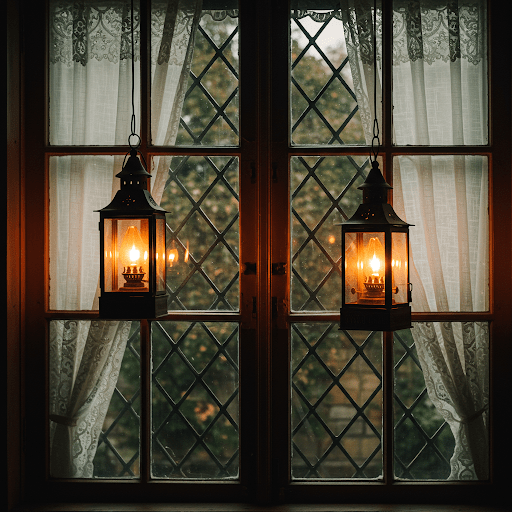Two Lights For Tomorrow: Commemorating 250 Years Since Revere’s Ride

Tonight, as dusk settles over the land, a quiet yet powerful tribute will unfold in homes across the nation and beyond. Two lights placed in windows will echo a signal that pierced the darkness 250 years ago: a warning cry that ignited the flames of revolution. April 18th, 1775, marks the indelible date of Paul Revere’s midnight ride, an act of courage and foresight that alerted colonial minutemen to the impending arrival of British Army troops, setting the stage for the Battles of Lexington and Concord.
The air in Boston on that fateful spring evening was thick with tension. For months, friction had been escalating between the American colonies and Great Britain. British troops occupied Boston, and whispers of their plans to seize colonial military supplies in Concord had reached Patriot ears. It was under this cloud of uncertainty that the Sons of Liberty, a clandestine group of Patriots, devised a system to warn the countryside of any British advance.
Their plan was simple yet ingenious. If the British marched by land across Boston Neck, one lantern would be hung in the steeple of the Old North Church. If they came by sea across the Charles River, two lanterns would signal their approach. This prearranged signal would then be relayed by riders dispatched to towns west of Boston.
On the evening of April 18th, Dr. Joseph Warren, a prominent Patriot, learned of the British intentions. He swiftly dispatched Paul Revere and William Dawes on horseback to spread the alarm. As Revere waited in Charlestown for the signal, the now-famous two lanterns flickered to life in the Old North Church steeple, confirming the British were indeed crossing the river.
Revere, already mounted and ready, galloped into the night, shouting warnings from town to town: “The Regulars are coming out!” He was joined by other riders, including Samuel Prescott, as they raced through the darkened countryside, rousing the sleeping militia. Their urgent cries reached Lexington, where Captain John Parker famously rallied his company of minutemen on the town green.
The following morning, April 19th, the British troops reached Lexington, where they were met by the determined, though outnumbered, colonial militia. Shots were fired – the “shot heard ’round the world” – marking the beginning of the American Revolutionary War. The British continued to Concord, where they faced further resistance and were eventually forced to retreat back to Boston, harried by colonial forces along the way.
Paul Revere’s ride, immortalized in Longfellow’s poem, became a powerful symbol of American courage and defiance. While the poem takes some artistic liberties with the actual events, the essence of Revere’s bravery and the crucial role of the warning network remain undeniable. His ride, along with the efforts of Dawes, Prescott, and countless other unsung heroes, provided the vital time needed for the colonists to prepare for the British arrival, turning a potential surprise attack into the opening salvo of a revolutionary war.
The battles of Lexington and Concord, sparked by the warnings delivered that night, were pivotal. They demonstrated the colonists’ willingness to fight for their liberty and galvanized support for the revolutionary cause throughout the colonies. The events of April 19th, 1775, set the stage for the long and arduous struggle for American independence, culminating in the birth of a new nation.
Tonight, as we place two lights in our windows, we not only commemorate the 250th anniversary of Paul Revere’s courageous ride but also remember the spirit of unity, vigilance, and determination that fueled the American Revolution. These simple lights serve as a reminder of the sacrifices made for the freedoms we cherish today and the enduring power of a single act of bravery to change the course of history. Let the glow of these lights shine brightly, echoing through the centuries, a testament to the enduring legacy of that pivotal night.
Newsletter
Stay Informed with the WRHI/CN2 Weekly Newsletter.
Get all the top stories delivered straight to your inbox every Sunday morning—just like the classic Sunday paper. Grab your coffee and catch up on everything you missed this week. Sign up today!




